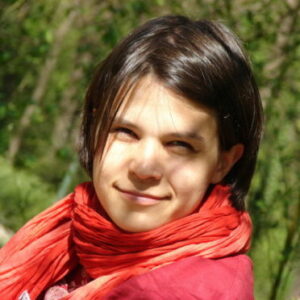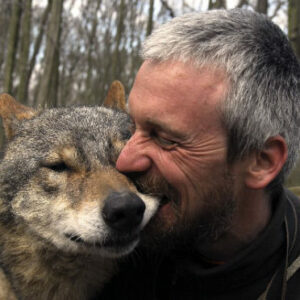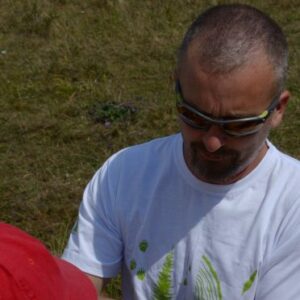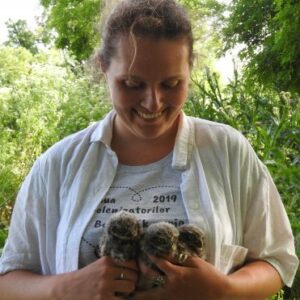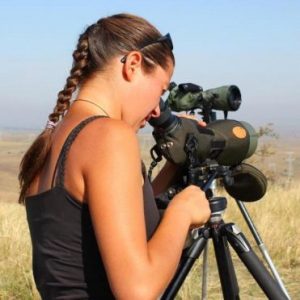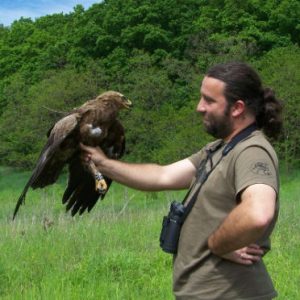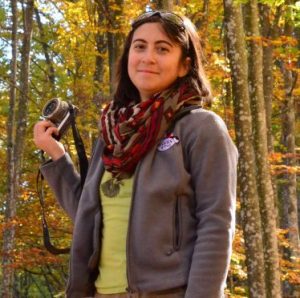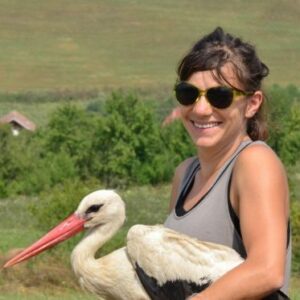Background
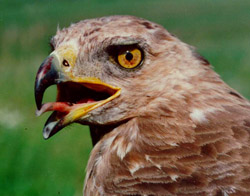
- 1994 – The Romanian breeding population was estimated by the Romanian Ornithological Society/BirdLife Romania at 100-200 pairs (Weber at all.)
- 2001 – The database of the Milvus Group contained more than 130 territories and 25 known nests, from a relatively reduced area (small patch from 9 counties)
- 2002 – The Romanian breeding population was estimated by the Romanian Ornithological Society/BirdLife Romania at 500-1000 pairs (Munteanu D.)
- 2003 – The Romanian breeding population was estimated by the Milvus Group at 2200-2700 pairs (Daroczi Sz and Zeitz R.)
- 2004 – The Romanian breeding population was estimated by the Milvus Group at 2800-3000 pairs (Gensbol – data from Daroczi Sz and Zeitz R.)
According our data the Lesser Spotted Eagle inhabits habitats composed from mixture of woodland and open landscape and altitudes up to 1500 masl. According to most authors the species’ core areas are in the Carpathian Region of Romania, although the distribution and population size was not yet studied in detailed way.
Methods
Introduction
- preliminary habitat evaluation on 10X10 km grid map – 1544 sq (65.31% of Romania)
- removing the unsuitable squares (258 sq) – see map 1.
- prediction calculation for each habitat type to estimate the mean and the spread – number of needed squares (128 sq)
- separation of sets of three-number from a randomly selected line of numbers (see map 2.)
Data collection (office and field)
- habitat parameters: percent of forest (percent of suitable forest if it’s possible), percent of cultivated area (agriculture field+orchards), percent of grassland+pasture, length of main roads, number and percent of villages, number and percent of towns+cities, altitudes a.s.l. (min/med/max)
Data collection (field)
- used maps are 1:100.000, military and satellite maps together (see figure 1.)
- the needed number of observation points largely varied between squares (from 2 to 6), according to the landscape proprieties. For each square a minimum observation time of 3 hours was settled. Observation was carried out from the feeding habitat and all data about adults was noted, radio communication between crew had a great importance.
- the amount of time spent at each square was the same. The timing during the breeding period did not influence the observation of the breeding pairs but it is more likely to see only adult males in May (so each flying bird could represent a pair) than in June – July (when females more likely leave the nest to hunt themselves).
- data collection was done between 8 am and 7 pm and other raptor species were registered as well.
- data was collected only in suitable weather
- feeding bird which flies to its nest outside the square were not count
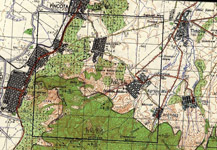
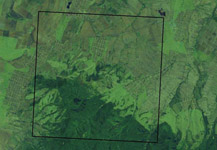
Data collection (datasheet)
We noted the following categories of number of eagles:
- number of confirmed eagle pairs = bird flying into forest with food, birds doing courtship and descending in forest
- minimum possible breeding pairs = confirmed eagle pairs + a number of birds seen in the square only in passage or feeding
- maximum possible breeding pairs = minimum possible breeding pairs + a number of possible eagle territories in suitable areas of the square that cannot be surveyed for some reason
Note: during the journey between selected squares individuals found in other squares were noted in a different data sheet.
Data analysis
- the density of breeding eagle is the total number of territories divided by the number of squares ± the standard deviation
- standard deviation = spread x n -1/2 , where the spread = [S (X-mean)sq x(n-1) -1 ] 1/2 and the mean =S Xxn -1 (where X is the number of territories in each individual square and n is the number of squares.
- other analysis regarding habitat parameters
Results
Data was collected from each square (128), the distribution of the eagles in each square is in the map 3. In the fieldwork a total of 35 persons took part from Romania (15), Slovakia (12), Hungary (4), Czech Republic (3) and Poland (1).
The total number of eagles in the three categories is: 135/171/215 mean: 173.4
By substitute the results in the formula (see methods) the density of Lesser Spotted Eagles in the Carpathian Region is 1.35 ± 0.15 pairs in one square. The total population of eagle in the Carpathian Region is 1543.2 – 1929 pairs.
Using the mean of the three numbers (confirmed breeding, minimum possible breeding pairs and maximum possible breeding pairs) the following categories were separated:
• squares without Lesser Spotted Eagles: 64 (50%) – white
• squares with 0-2 breeding pairs: 30 (23.43%) – pink
• squares with 2-4 breeding pairs: 21 (16.40%) – red
• squares with more than 4 pairs: 13 (10.15%) – bourdon

map 3. 
map 4.
Based further detailed habitat study we developed a map of the Carpathian Region with areas with different density of Lesser Spotted Eagles, so we could settle the main core areas for the species (see map 4.)
During our survey we observed 17 more diurnal bird of prey species, these are the following:
• Honey Buzzard
• Black Kite
• Egyptian Vulture
• Short-toed Eagle
• Eurasian Marsh Harrier
• Sparrowhawk
• Goshawk
• Common Buzzard
• Long-legged Buzzard
• Golden Eagle
• Booted Eagle
• Eurasian Kestrel
• Red-footed Falcon
• Hobby
• Saker
• Peregrine Falcon
For more information please contact the project coordinator: Daróczi J. Szilárd (szilard.daroczi(at)milvus.ro)




